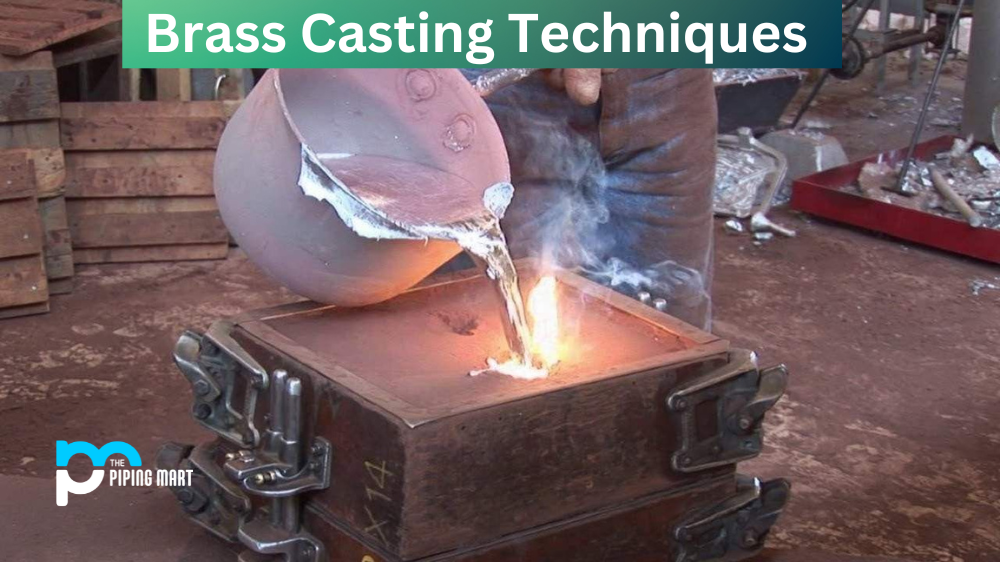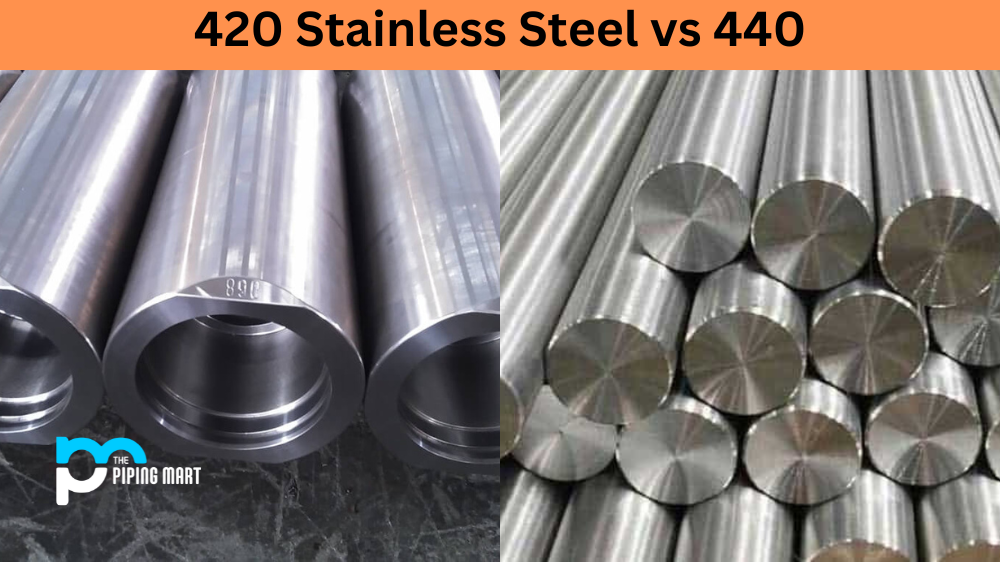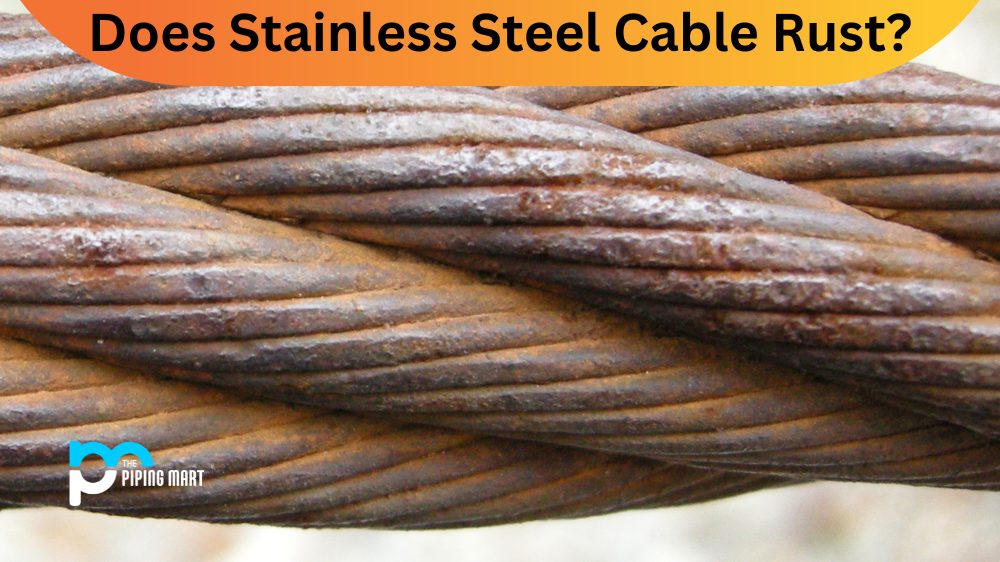If you are a beginner metal worker or a casting hobbyist, then you might be wondering about brass casting techniques. Brass casting is an ancient art form that has been used for centuries to create intricate, detailed sculptures and decorative pieces. In this article, we will explore the different methods of brass casting to give you an overview of the process.
Lost Wax Process
The lost wax process is one of the oldest known brass casting techniques. It involves creating a wax model of the desired object, which is then covered in clay or other material to create a mold. The mold is heated until it liquefies, leaving behind a hollow cavity in the shape of the original wax model. Molten metal is then poured into this cavity and allowed to cool before being removed from the mold. This method produces intricate detail and allows for more precise control over the shape of the finished product.
Sand Casting Method
Sand casting is another popular brass casting technique that utilizes sand as a mold material instead of clay or other materials. Sand molds are created by packing sand around a pattern (usually made from wood or metal) which serves as an exact replica of the desired object shape. Molten metal is then poured into this cavity and allowed to cool before being removed from the mold, along with any excess sand that may have fused with it during cooling. This method is especially useful for mass-producing objects with uniform shapes, as it allows multiple molds to be used at once. However, due to their rough finish, sand castings require additional polishing before they are ready for use.
Investment Casting Method
The investment casting method uses plaster or ceramic mixtures as molds instead of sand or clay, as in traditional methods. The desired object shape is first formed out of wax which is then coated in multiple layers of plaster until it forms an outer shell that encases the wax model inside it. Once this shell hardens, it can be heated until all traces of wax have burned off, leaving behind a hollow interior in its place where the molten metal can be poured and cooled into a final product with excellent detail and finish quality comparable to lost-wax castings without any additional polishing needed after cooling down due to its smooth surface finish. Although investment castings require more time than other methods, they offer superior results if done correctly making them ideal for complex shapes and intricate details not achievable by other types of casts such as those found on jewelry pieces or medical instruments such as surgical tools where precision is critical when crafting them out of metals like brass or silver alloy materials which are commonly used in these types applications respectively due their excellent malleability characteristics compared against harder metals like steel which would often break under pressure when bending them into specific shapes needed by these items during production processes requiring alternative approaches like machining operations instead when using them instead resulting in higher production costs associated with these operations instead versus using softer metals like those mentioned above instead where traditional casts such as those mentioned here become viable options again due their superior malleability characteristics allowing them to bend easier under pressure while still maintaining their structural integrity compared against their harder counterparts making them better suited for certain applications requiring more delicate parts needing extra flexibility without compromising strength associated with them versus using harder metals normally associated with machined parts instead.
Conclusion:
Brass casting techniques allow for creative expression in various ways! There are three main techniques – lost wax process, sand casting, and investment casting – each offering unique benefits depending on your project requirements! With careful research into each method’s pros and cons, you can find out which technique best suits your needs! Remember that practice makes perfect, so don’t get discouraged if your project doesn’t come out perfectly on your first try – keep working at it until you get it right! Good luck!

Pipingmart is B2B portal specializes in industrial, metal and piping products. Also, share latest information and news related to products, materials and different types grades to help business dealing in this industry.




